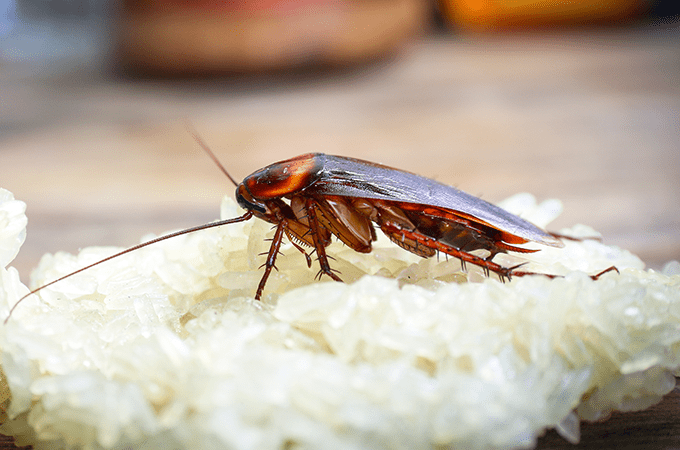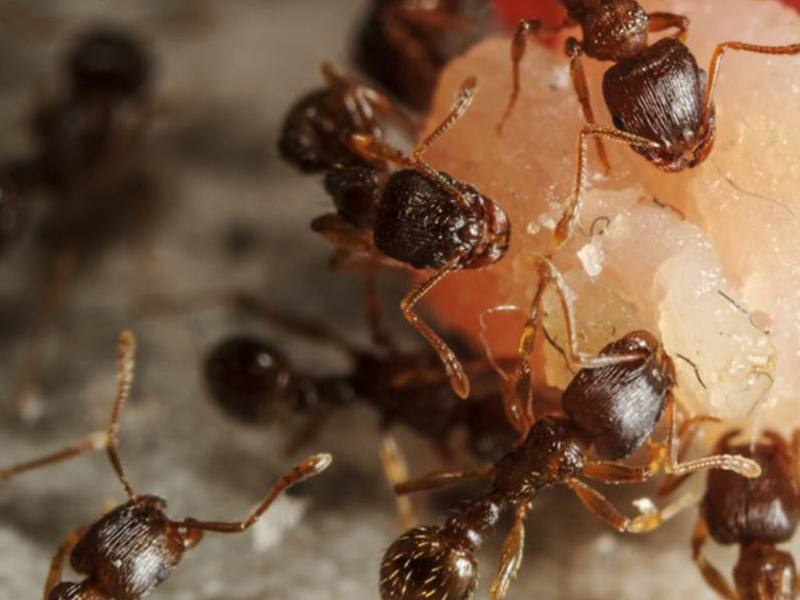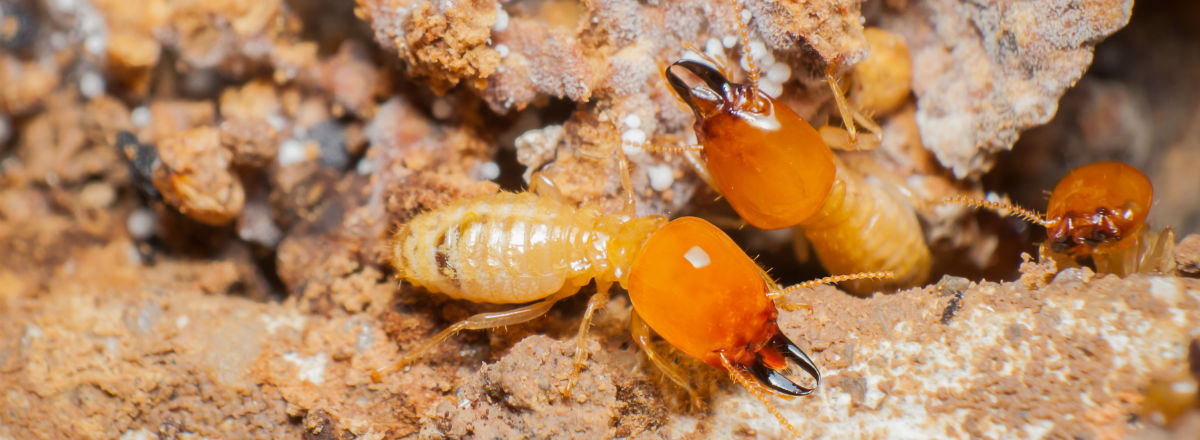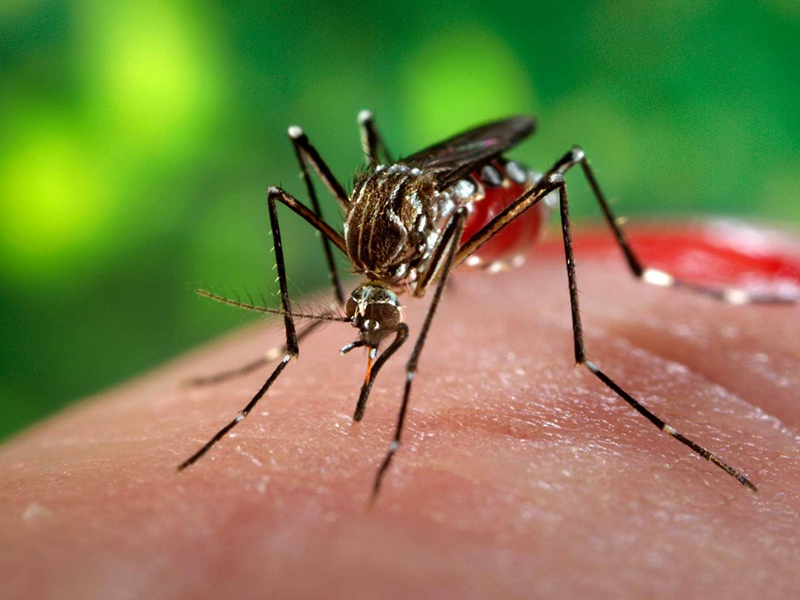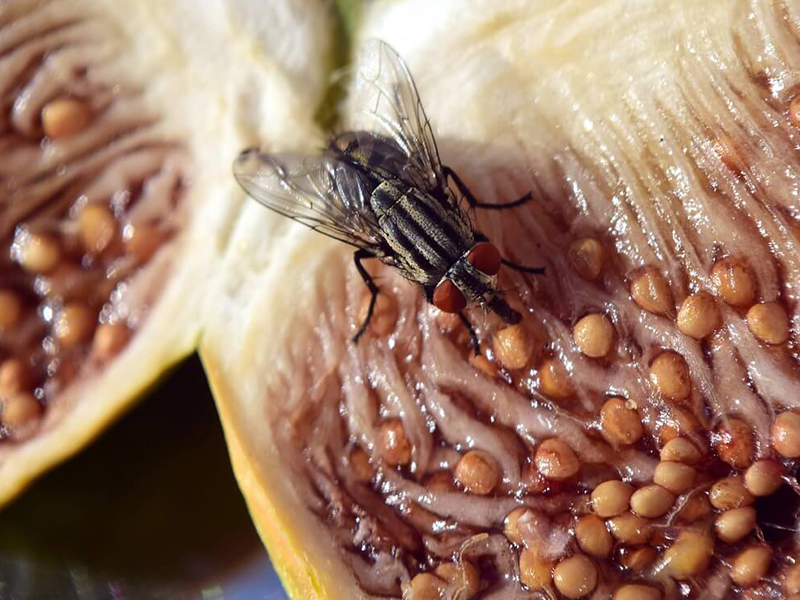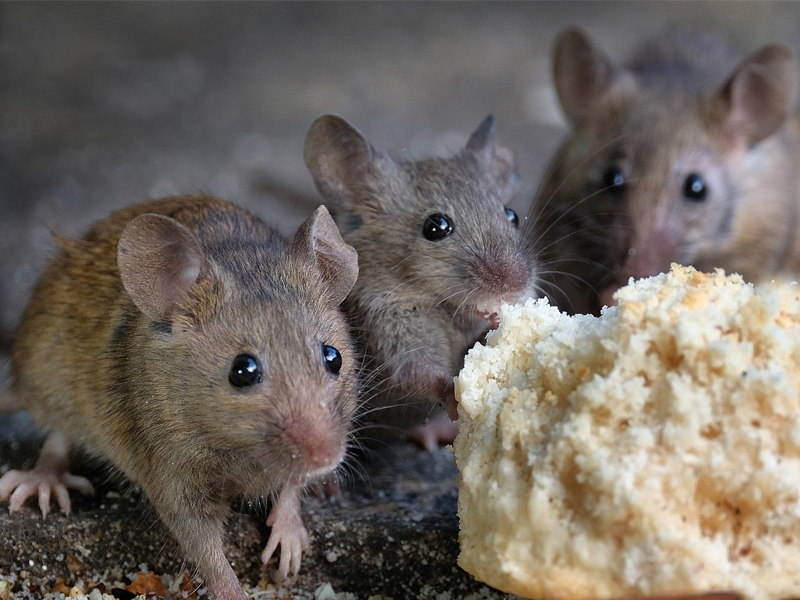TERMITE CONTROL
the good and the bad ones
Are you a builder or a destroyer? When it comes to the infrastructure of your building, termites are destroyers!
LET's put an end for termites
Subterranean termites excavate narrow, meandering tunnels through soil, eventually encountering wood, their primary food. Decaying tree roots, logs, stumps, woodpiles, and plant debris afford a ready and abundant supply of food for the colony. In nature, the insects are beneficial since they aid in the decomposition of organic matter and the return of nutrients to the soil. Occasionally, however, foraging termites encounter wood or wood products (paper, cardboard, etc.) within buildings. Once they find a suitable feeding site, the workers establish an invisible odor trail to attract and guide their nest mates to the building.
To control the infestation of termites, different approach are applicable depending on the severity and type of termite affecting the area from above ground bait station to drilling and injecting of termiticide.

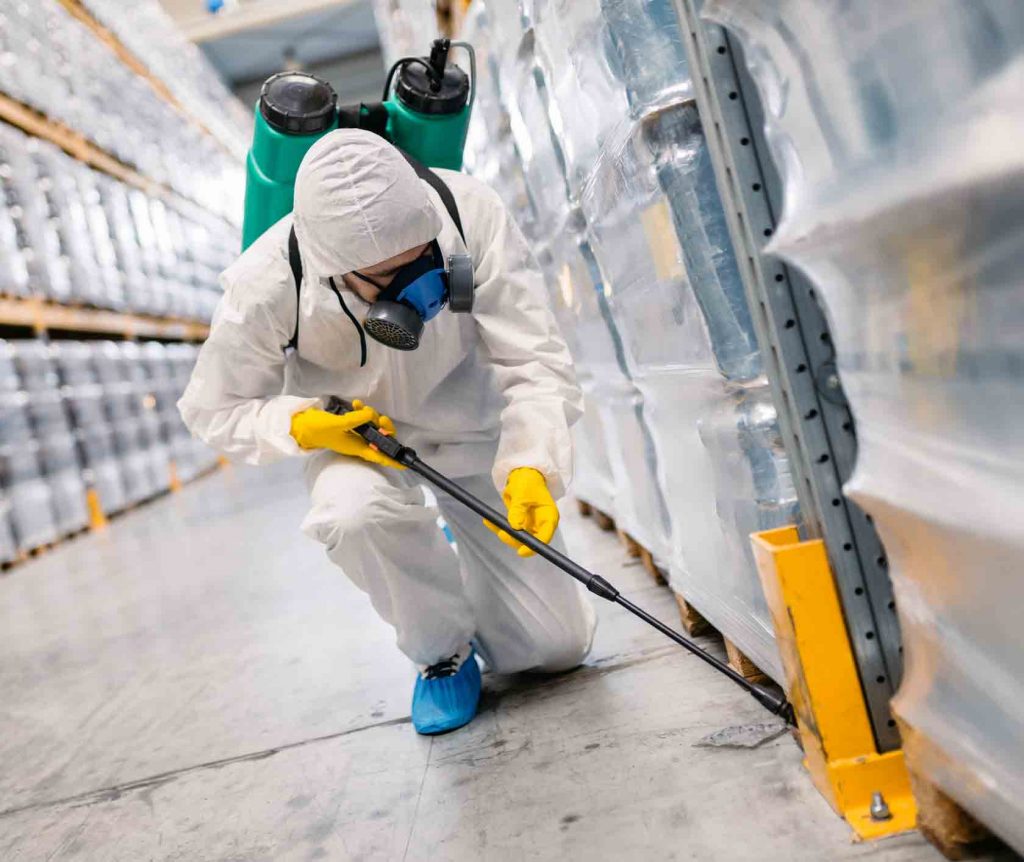
OUR PROCESS
Deployment of appropriate control measures.
BAITING-
SOIL POISONING –
SPRAYING – spraying is the standard method in the application of chemicals. Chemicals that are lethal to target pest are suspended and dissolved in water, and the concoction is applied as a fine mist to areas to be treated.
After monitoring, we will provide recommendation to improve treatment.
COMMON PESTS | FACTS and TREATMENTS
- All
- CRAWLING INSECTS
- FLYING INSECTS
- RODENTS
COCKROACH
THE FIERCEST CREATURES
Cockroach can withstand 10 times more radiation than a person. Cockroaches EAT EVERYTHING from plant matter to people’s food, dead skin cells, garbage, and even faces.
TREATMENT: SPRAYING
For infestation of cockroaches not to worsen, different approach are applicable like residual
spraying and cockroach gel baiting.
TERMITES
THE GOOD AND THE BAD ONES
Beneficial to environment DECOMPOSERS which makes them good pests that can damage buildings, crops, and antation forests. THEY DON’T SLEEP Imagine 1 to 2 years of no sleep! That is how long a termite lives on average.
TREATMENT: SPRAYING, BAITING, SOIL POISONING
To control the infestation of termites, different approach are applicable depending on the severity and type of termite affecting the area from above ground bait station to drilling and injecting of termiticide.
MOSQUITOES
TINY, DANGEROUS, AND NUMBER DECEIVERS
Female’s saliva contains an anti-coagulant that lets her more easily suck up her meal.
The best time to avoid mosquitoes is in the afternoon, when temperatures are hottest and the insects rest in cooler spots.
TREATMENT: MISTING, ILT
We at Sauber Defense are confident that through appropriate control methods (misting) and by targeting their breeding grounds, we are capable of controlling it.
FLIES
INVASIVE SPONGERS
Flies have 2 eyes with 4,000 lenses. They don’t have teeth; instead, they have a long tongue
called proboscis which seeks up food like straw.
TREATMENT: MISTING, ILT
With different controls such as misting and mounted insect light trap (with ultraviolet light),
flies will be controlled and these creatures will not be able to sponge anymore.
RATS
BRAINY VISITORS AND MULTIPLIERS
Rats can live up to 18 months, but most die before they are only 1 year old. They are scavengers (an animal that feeds on dead animals including insects.
TREATMENT: BAITING (RAT CAGE, GLUE TRAP)
We at SauberDefense, we are determined to exceed the capacity of their brains and able to control them with our most effective baits and devices.
MICE
BRAINY VISITORS AND MULTIPLIERS
A mice eats 15-20 times a day. Therefore, they usually build their homes close to food sources, tending to only travel up to 8m from their burrows to find food. They are usually NOCTURNAL
ANIMALS. They have poor eyesight but make up for this with their very good hearing and smell.
TREATMENT: BAITING (GLUE TRAP)
We at SauberDefense, we are determined to exceed the capacity of their brains and able
to control them with our most effective baits and devices.

